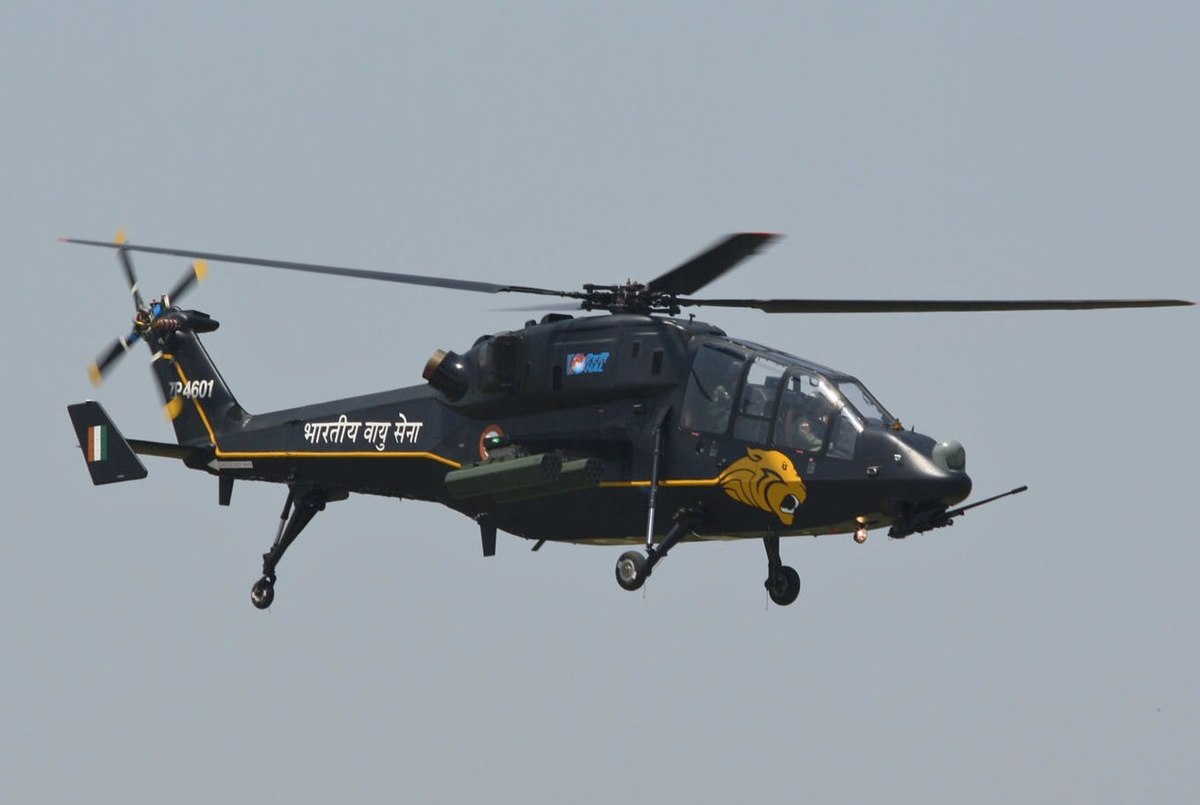


According to temple authorities, on the day of the Pran Pratishtha ceremony at the Ram Janmabhoomi temple in Ayodhya, Army helicopters will shower flowers, and 30 artists will play various Indian musical instruments during the Aarti. Attendees will also be given bells to ring during the Aarti, creating a collective musical experience.
The 30 musicians will coordinate their performance at certain points, enhancing the musical aspect of the ceremony. Prime Minister Narendra Modi is set to participate in the Pran Pratishtha ceremony around noon, joined by representatives from major spiritual and religious sects, as well as individuals from diverse backgrounds, including tribal communities.
The Pran Pratistha ceremony, following traditional protocols, will take place in the Abhijeet Muhurta in the afternoon. This ceremony typically involves Seven Adhivasas, with a minimum of three Adhivasas in practice. A total of 121 Acharyas will conduct the rituals, with Ganeshwar Shastri Dravid overseeing the proceedings, and Lakshmikant Dixit of Kashi serving as the principal Acharya.
The ceremony will be attended by Prime Minister Modi, Sarsanghchalak Mohan Bhagwat, Governor Anandiben Patel, Chief Minister Yogi Adityanath, and other dignitaries. Notably, Acharyas from various schools of spiritualism and representatives from over 150 traditions, including tribal traditions, will witness the ceremony, marking the first time in recent history that tribal traditions from hills, forests, coastal belts, and islands are represented.
The diverse traditions include Shaiva, Vaishnav, Shaakta, Ganapatya, Patya, Sikh, Bauddha, Jain, Dashnam, Shankar, Ramanand, Ramanuj, Nimbarka, Madhva, Vishnu Nami, Ramsanehi, Ghisapanth, Garibdasi, Gaudiya, Kabirpanthi, Valmiki, Shankardev (Assam), Madhav Dev, ISKCON, Ramakrishna Mission, Chinmaya Mission, Bharat Sevashram Sangha, Gayatri Parivar, Anukul Chandra, Thakur Parampara, Mahima Samaj of Odisha, Akali, Nirankari, Namdhari from Punjab, Radhasoami, Swaminarayan, Varkari, Veer Shaiva, etc.
After the completion of the Pran Pratishtha program in the Garbha-Griha, all attendees will have the opportunity for darshan. The Shri Ram Janmbhoomi Mandir, constructed in traditional Nagara style, boasts dimensions of 380 feet (east-west) by 250 feet (width) by 161 feet (height). Supported by 392 pillars and 44 doors, the temple’s pillars and walls intricately depict sculpted representations of Hindu deities. The main sanctum sanctorum houses the idol of Shri Ramlalla, depicting the childhood form of Bhagwan Shri Ram.
The main entrance, located on the eastern side, is approached through 32 stairs via the Singh Dwar. The temple features five Halls (Mandaps): Nritya Mandap, Rang Mandap, Sabha Mandap, Prathana Mandap, and Kirtan Mandap. Adjacent to the Mandir is the historic Sita koop well, dating back to ancient times. In the southwestern part of the Mandir complex, at Kuber Tila, the ancient Mandir of Bhagwan Shiv has been restored, along with the installation of a statue of Jatayu.